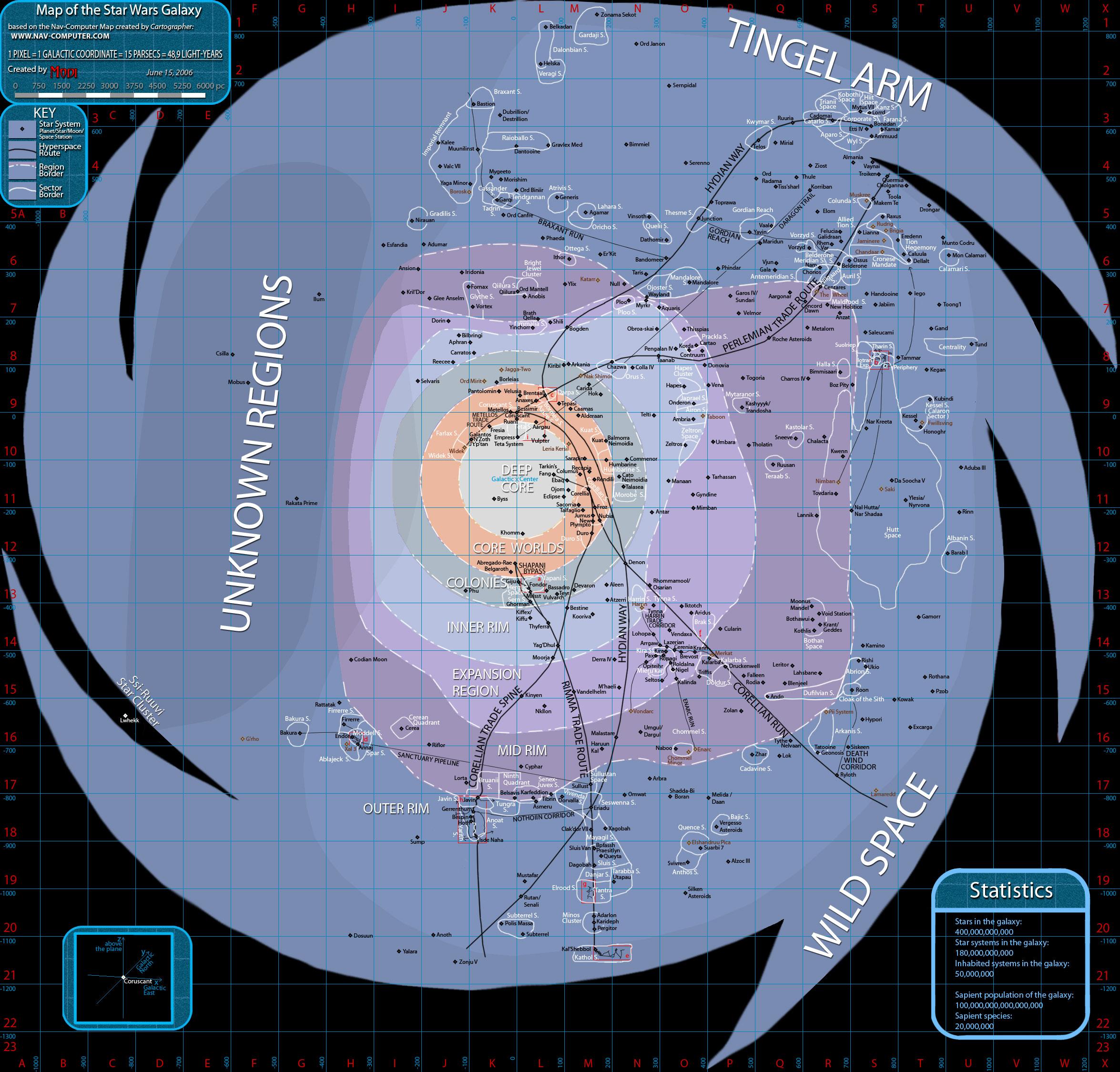
By Kathie MM
Violence is oozing its way steadily into our daily lives — into our theaters, churches, homes, and schools. It’s happening right here in the US, but also around the world with a little help from Uncle Sam. If anyone wants to make America great, they should start by reifying nonviolence.
A tremendous effort was made to promote and preserve peace after the two vicious 20th-century World Wars. Countries in Africa and elsewhere were released from the bondage of colonization, a universal convention on human rights was adopted, and international peacekeeping groups were created.And two superpowers emerged — the USSR and the US — and the Cold War began, played out in lots of deadly proxy wars, comfortably away from the nations trying to rebuild their lands and their budgets.
During the Cold War, the Soviet Union shrank, and the United States extended its greedy military fingers into all corners of the globe. People primarily of different hues and faiths than the US power elite suffered in untold ways, and the nation’s defense budget expanded, effectively robbing the poor (and increasingly the middle class) to make the rich richer.It’s time for a change.
On one level, the change must be a major political and social rebellion against the military-industrial complex that profits so highly from the death and destruction they impose most obviously on civilians elsewhere, but also on the people at home who bear the burden of the war machine’s costs.
But it’s not enough to resist evil; we must also devote ourselves to particular reactions — to redressing the harm that the nation’s violence has caused civilians in countless (mostly poor) countries around the world, reconciling with the people in countries we have identified as enemies or have raped of resources, repairing the damage our pursuit of profit has inflicted on the environment, and making reparations for the harm our country has done.
In the next two posts, guest author Ross Caputi focuses on reparations.


